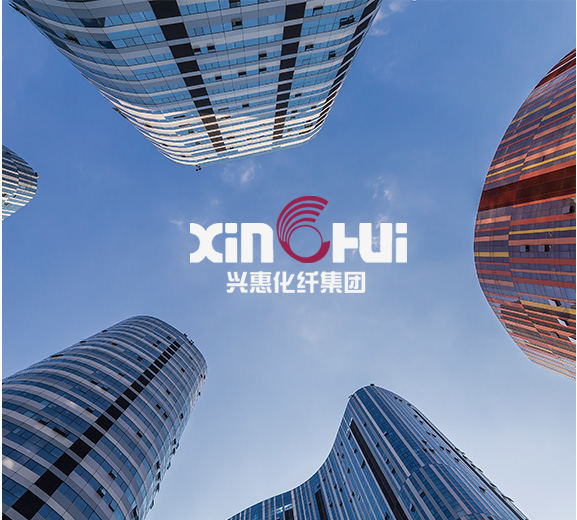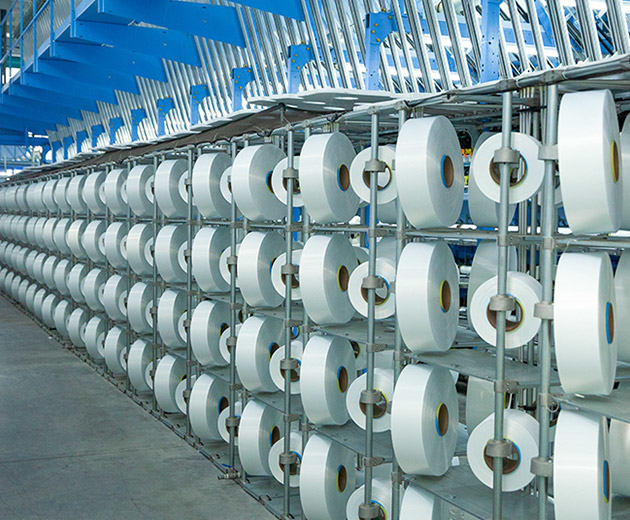Industry Knowledge Expansion
What are the features of fabric weaving?
Fabric weaving involves the interlacing of warp and weft yarns to create a woven fabric. The features of fabric weaving contribute to the overall characteristics and properties of the fabric. Here are some key features of fabric weaving:
1. Fabric Structure: The interlacement pattern of the warp and weft yarns determines the fabric structure. Common fabric structures include plain weave, twill, satin, dobby weaves, and jacquard weaves. Each structure has its own distinctive appearance, texture, and properties.
2. Warp and Weft Yarns: Fabric weaving involves the use of two types of yarns: warp and weft. The warp yarns run parallel to the selvage and are typically under higher tension. The weft yarns are inserted perpendicular to the warp and interlace with the warp yarns. The choice of yarn type, thickness, and fiber content significantly influences the fabric's properties.
3. Sett and Density: Sett refers to the number of warp yarns per inch or centimeter in a woven fabric. It determines the density of the fabric and affects its drape, stability, and appearance. A higher sett creates a denser and stronger fabric, while a lower sett results in a more open and breathable fabric.
4. Selvages: The selvages are the finished edges of the fabric, formed by the outermost warp yarns. They provide stability and prevent the fabric from unraveling. Selvages are often more tightly woven than the rest of the fabric.
5. Texture and Hand Feel: The interlacement of yarns in weaving creates various textures and hand feels in fabrics. It can range from smooth and crisp to soft and textured, depending on the fabric structure, yarn type, and finishing treatments applied.
6. Stability and Durability: Woven fabrics are known for their stability and durability. The interlacing of warp and weft yarns creates a strong fabric structure that can withstand tension and wear. The stability of woven fabrics makes them suitable for a wide range of applications, from clothing to upholstery and industrial uses.
7. Pattern and Design Possibilities: Weaving allows for intricate patterns and designs to be incorporated into the fabric. This can be achieved through dobby or jacquard weaves, which enable the creation of complex patterns, motifs, and even images. The versatility of weaving provides endless possibilities for creative expression.
8. Versatility in Fabric Properties: Fabric weaving allows for a wide range of properties to be achieved, depending on the choice of yarns and weaving techniques. Fabrics can be woven to be lightweight and breathable, heavy and sturdy, smooth and lustrous, or textured and cozy. The possibilities for fabric properties are vast and can be tailored to specific applications and requirements.
These features collectively contribute to the aesthetic appeal, functionality, and performance of woven fabrics, making them a versatile and widely used textile construction method.
What should be paid attention to in fabric weaving?
When it comes to fabric weaving, there are several important factors that should be paid attention to in order to achieve desired results. Here are some key aspects to consider:
1. Yarn Selection: The choice of yarn is crucial as it determines the characteristics of the fabric, such as its strength, texture, drape, and appearance. Consider the fiber type (cotton, silk, wool, etc.), yarn thickness (denier, tex), and yarn twist when selecting the appropriate yarn for your project.
2. Warp and Weft Yarn Preparation: Before weaving, it's important to properly prepare the warp and weft yarns. This involves winding the warp onto a beam and ensuring it is under the correct tension to avoid issues during weaving. The weft yarns should be wound onto bobbins or shuttles, ready for insertion.
3. Loom Setup: Properly setting up the loom is essential for successful weaving. This includes threading the warp yarns through the heddles and reed, tying them to the back and front beams, and ensuring even tension across the warp.
4. Beat-up: The beat-up is the process of pushing the weft yarns into place after each weft insertion. Consistent and even beat-up is important to ensure a uniform fabric with minimal variations in density.
5. Tension Control: Maintaining consistent tension in the warp and weft yarns throughout the weaving process is crucial. Uneven tension can lead to problems like draw-in (narrowing of the fabric) or selvage distortion.
6. Finishing: After weaving, the fabric may undergo finishing processes such as washing, dyeing, or heat-setting to enhance its appearance, texture, and performance.
7. Quality Control: Regularly inspect the fabric during weaving to detect and correct any weaving defects or issues, such as broken warp or weft yarns, skipped threads, or tension irregularities.



 English
English 中文简体
中文简体




 Xing Hui Textile (Circular Knitting)
Xing Hui Textile (Circular Knitting)




























